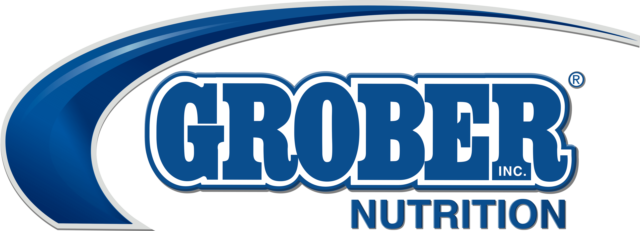One very tough situation occurred last month as Mercy for Animals Canada released undercover footage it took at Canada’s largest dairy farm, Chilliwack Cattle Sales Ltd. in British Columbia.
The hitting, kicking and hanging of dairy cows in the two minute and 30 second video is appalling and unsettling for anyone who cares about another living creature – from pet lovers to those who work with livestock.
One of the family farm’s owners, Jeff Kooyman, took to the airwaves immediately to express his shock and dismay that these actions occurred to his animals.
Online outcry struggled to believe that Kooyman or the other owners were unaware this behaviour was taking place.
However, in any industry it can be difficult for supervisors to be aware of all actions occurring within a company at every moment of every day.
In our May issue, Dairy Farmers of Canada discussed this very topic as they encouraged farmers to “Farm like you are on YouTube.”
In case you missed it, DFC encouraged the screening of employees; training employees on animal handling, regulations and the Code of Practice; requiring them to sign a commitment to animal care as well as the reporting of animal abuse and mistreatment; and explaining the consequences.
Kooyman publicly stated that his farm is now initiating a new training program and installing a camera system around the dairy to enhance the safety of the farm’s animals.
As far as consequences, the eight workers in the video were fired for their mistreatment of dairy cattle. At the time of this writing, the B.C. Society for the Protection of Animals launched an investigation and recommended that animal cruelty charges be laid against the eight workers.
While it is easy for the industry to stand up against violence towards animals, the end of the video is harder to address. It displayed animal injuries that are difficult to explain and/or justify to the general public.
Crafty editing skills placed those injuries of open sores after the images of the animals being struck; therefore most people would surmise that the injuries were a result of the abuse. However, those involved in the industry would know they are unrelated.
When Kooyman mentioned that some of those injuries were normal in a CTV interview, reporter Bev Thomson stated, “People would be horrified to know that those types of injuries would be normal.”
Yet, hock lesions, abscesses, mastitis, udder edema and lameness issues are normal occurrences in the dairy industry, even as farmers everywhere continue to work towards reducing them.
Could someone step on your farm today and take a single image of any of those items? When displayed out of context without a farmer or veterinarian to explain what is there, it certainly does not paint a pretty picture of our industry.
As undercover videos like this have the public calling for more openness from the industry, we need to find a way to not only showcase the pleasant side of the business but to explain the unpleasant parts as well.
Use this as a lesson – one certainly learned the hard way – that animal care and education continue to be at the forefront of issues our industry needs to address because you never know who might be watching. PD
Karen Lee
Editor
Progressive Dairyman magazine








